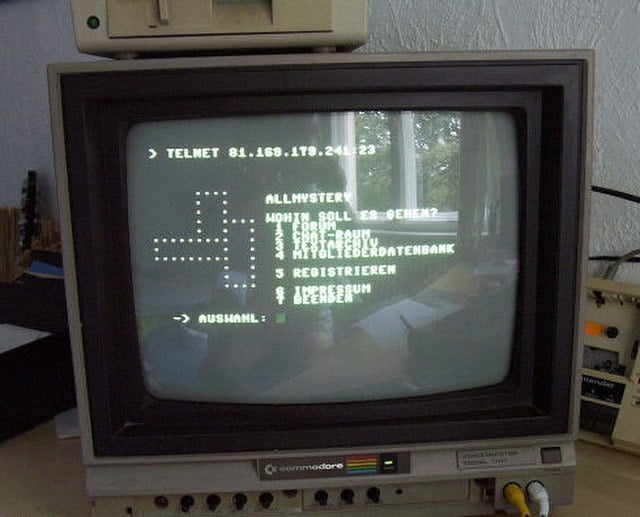
Last Saturday marked the 53rd anniversary of the Internet. While the vast majority of its five billion users have been online for less than a decade, the Internet was taken into use on October 29th, 1969, when two computers connected to the ARPANET exchanged a message.
Although the Internet has been around for a while, it remained below most people’s radar until the late 1990s when the dot.com boom started. While the Internet was originally marketed as the medium for electronic commerce, in hindsight it is easy to see that social media and mobility have turned out to be its largest drivers.
Paradigm shifts of this magnitude usually require three things to materialize. The first area that needs to be in place is the new technology that is required to do things differently. The second is the entrepreneurial activity required to imagine and drive the change, followed by the required capital investment.
Looking back to the early 2000s, the Internet revolution all these drivers in place:
- Although the Internet was originally based on fixed networks, the late 90s and the early 00s involved the introduction of key technologies such as the Dynamic Host Configuration Protocol (DHCP), Wireless Local Area Networks (WLAN), and General Packet Radio Switching (GPRS) that made Internet wireless, mobile, and zero-touch from the end-user point of view.
- The dot.com boom was successful in not just making the Internet known, but also in attracting entrepreneurial talent to the emerging market. Perhaps the best-known examples of these new entrepreneurs where people continue to be admired today like Elon Musk and Jeff Bezos.
- Perhaps just as importantly, the early Internet revolution in the late 1990s also paved the way for individuals like Marc Andreessen and Ben Horowitz who started at Netscape with Internet browsers but ended up establishing the venture capital firms that have been essential in driving the mobile Internet revolution during the 2000s and the 2010s.
Fast forward to 2022, and the world has been revolutionized by innovative services such as social media, streaming, online advertising, collaboration tools, and various other Software-as-a-Service (SaaS) based offerings. Most of these innovations have been leveraging the public cloud services that Amazon and others have ramped up over the last 15 years.
Interestingly, the network infrastructure that powers the Internet revolution has not changed since the early 2000s. While the ever-increasing appetite for bandwidth has required telecoms and Internet Service Providers to continue investing in capacity, the operating or the business models in place have not changed since the late 1990s.
Enter the Metaverse
After Facebook changed its name to Meta, a lot has been said about the third iteration of the Internet – the Metaverse. Although the discussion has been surrounded by both hype and more recently a fair dose of skepticism, the consensus seems to be that the Metaverse is likely to take both works and play in the virtual realm.
Before innovation for the Internet 3.0 is possible, though, the world needs a new edge cloud infrastructure to power the Metaverse. This new infrastructure will consist of decentralized computing nodes at the edges of the network; Artificial Intelligence (AI) used for automation and to create intelligent services to users; and the next generation of network technologies required for seamless connectivity within the Metaverse.
In many ways, the development we will see going forward is like what happened with mainframes and personal computers (PCs). At their core, public clouds are based on a centralized computing model that is very similar to mainframes. At the same time, edge clouds are very similar to PCs in that they take computing very close to the end-users.
While the PC market took off in the late 1980s and resulted in the mobile computers we all carry with us today, the PC never actually replaced the mainframe. Instead, the flexibility and the cost advantages of the PC computing model enabled entirely new use cases that would have been impossible to cater to with mainframes.
As Bill Gates once said, we always overestimate the change that will occur in the next two years and underestimate the change that will occur in the next 10. This same could be true for the edge infrastructure and the Metaverse as well.
 Login
Login



Reply a Comment